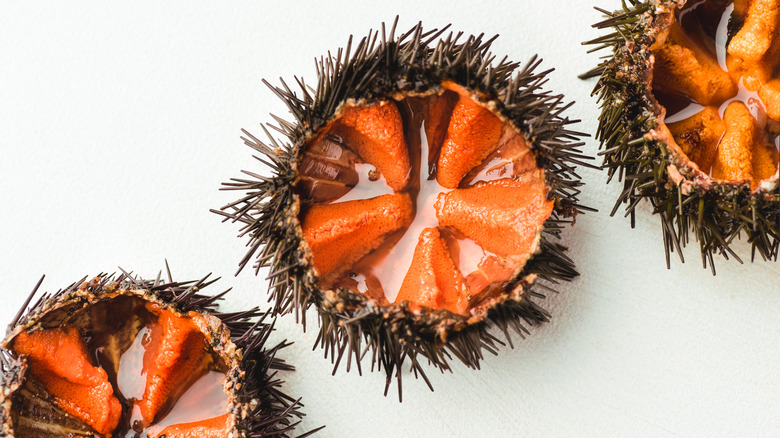Traveling through Italy, where even a simple meal can be a work of art, is an opportunity to experience food in a whole new way. But European travel expert and best-selling author Rick Steves says that to get the most out of your experience, you should eat like a local, not a tourist. What does this mean, exactly? In an interview with The Washington Post, Steves offers a few genius tips.
First of all, consider inviting a stranger or two to dinner. This could be anyone you don’t know well: someone you met on the train, your Airbnb host or tour guide, or someone from your Italian language class. The novelty of unfamiliar company will keep the conversation fresh, says Steves in the interview, and serve as a fun backdrop to your exquisite meal. Next, when choosing a restaurant, Steves says never to eat on a “high rent” street, as establishments in pricy areas often cater to tourists rather than locals. So, instead of choosing the big restaurant next to the Pantheon with flashing lights that seem to scream: “Tired and hungry tourists, get your spaghetti bolognese here,” go down side streets to find hidden nooks where locals are coming together. Is the restaurant’s menu only offered in Italian? Check and bonus points if it’s also handwritten. You can feel the vibe. If it’s warm and inviting and the customers chattering away in Italian seem cheerfully engaged in their meals, waltz on in.
Choosing what to eat

When it’s time to order, stick to the “regional and seasonal,” says Rick Steves in The Washington Post interview. Every region in Italy has its own culinary specialties. That said, do some online research and look for them on menus. For example, go for pasta carbonara in Rome, ribollita in Tuscany, zuppa di pesce in Puglia, and tortellini in brodo in Bologna. Using this approach, you’re most likely getting a dish the chef really understands and possibly even learned to make from their grandparents. You should also know that within each region, the local availability of food sources varies seasonally, meaning that some dishes are only available at certain times of the year. This means that if you visit Tuscany in summer expecting to feast on pasta with black truffles, you’ll be sorely disappointed, as tagliolini al tartufo nero is primarily a winter dish.
At the time of ordering, you’ll also want to be daring, according to Steves. In other words, you’ve had lasagna a million times at home, so why not try something different? There are probably things on the menu you’ve never even heard of since many Italian dishes aren’t known outside of Italy, and some probably never will be. Forget salmon sushi. In Puglia, locals are obsessed with raw octopus and sea urchins. In Sardinia, they swoon over the pungent and delectable casu marzu or maggot-infested cheese. You’ll never know until you try them. But have your Tums handy, just in case.
Dessert and more

As for dessert, gelato lies ahead, ready to soothe your taste buds. There’s nothing like a perfectly crafted gelato cup or cone to finish a meal, no matter what time of year you’re visiting. However, note that in The Washington Post interview, Rick Steves says to skip the gelaterias with enticing, brightly colored heaps of the frozen treat because “a good gelateria doesn’t want to have their gelato exposed to the air by being a mountain like that.” Instead, Steves recommends following the locals to their favorite spot, which most likely has smaller containers of gelato in more natural colors, covered with lids.
Aside from Steves’ tips, here’s another suggestion: attend sagre or seasonal food festivals, which are extremely popular with locals and less attended by tourists. Sagre takes place in rural areas in the celebration of the harvesting of local food sources, like red onions, cherries, ham, mussels, and more. At the sagre, pop-up stands and dining halls serve all kinds of dishes made with celebrated ingredients, like soups, main courses, and sometimes desserts and liquors. Plus, there’s also music, processions, and other food-themed festivities. A final suggestion: befriend some locals during your trip. If you’re lucky, your new friends will invite you to their house for a home-cooked meal, the “gran finale” of all local Italian dining experiences.

